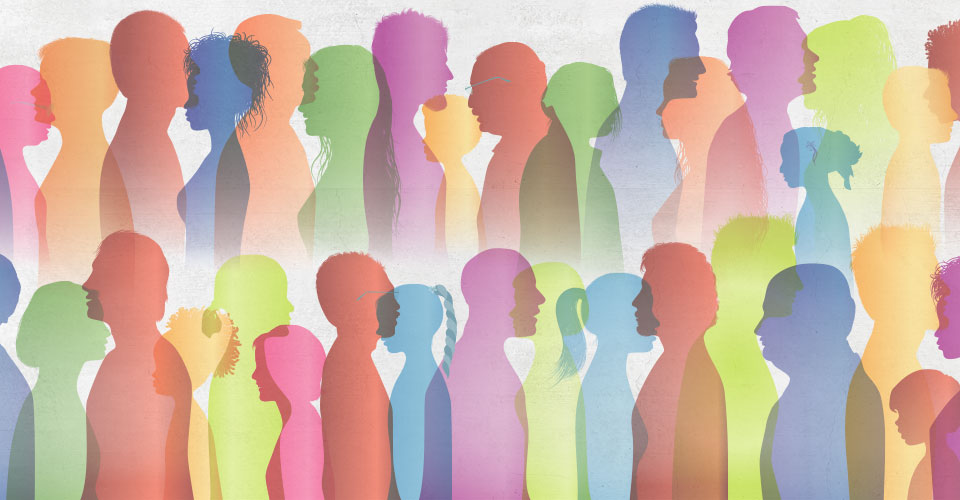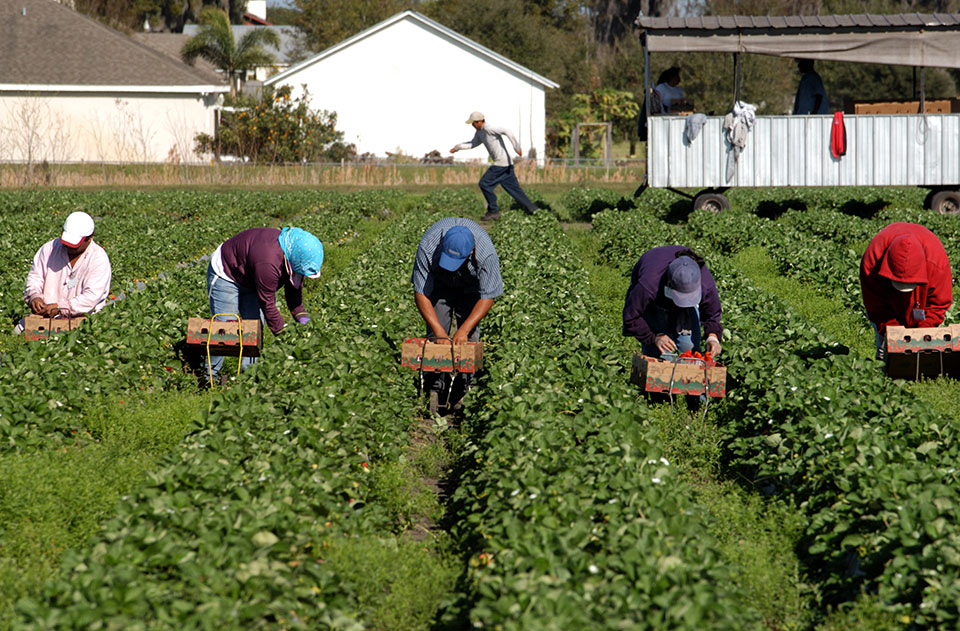What is Human Trafficking? Simply put, human trafficking is compelled service. It occurs when a person is compelled into service for profit.
There is no one profile for human traffickers or victims.

Traffickers can be strangers who exploit or manipulate the victim or they can be friends or family members that take advantage of a vulnerability. Traffickers might work alone. For instance, a couple may traffick a nanny or housekeeper for their own personal use. Traffickers can also be part of a network who are engaged in sexual or labor trafficking and other criminal activities.
Victims can include vulnerable individuals such as those with dysfunctional home lives, unsafe neighborhoods, and lack of opportunity for work but it is important to remember that anybody can be a victim of human trafficking.
The two types of trafficking we will be focusing on are labor trafficking and sex trafficking.

These are the two most commonly seen forms of trafficking in the United states. Labor trafficking can occur in almost any industry; including begging, domestic servitude, industrial fishing, agriculture, construction, hospitality, landscaping, and health & beauty. Sex trafficking can occur in a variety of venues, such as massage parlors, truck stops, brothels, strip clubs, hotels/motels, escort services, through online venues or street based.
Human trafficking is fueled by supply and demand. It is important to remember that there is a demand for cheap labor and commercial sex driving this crime.
